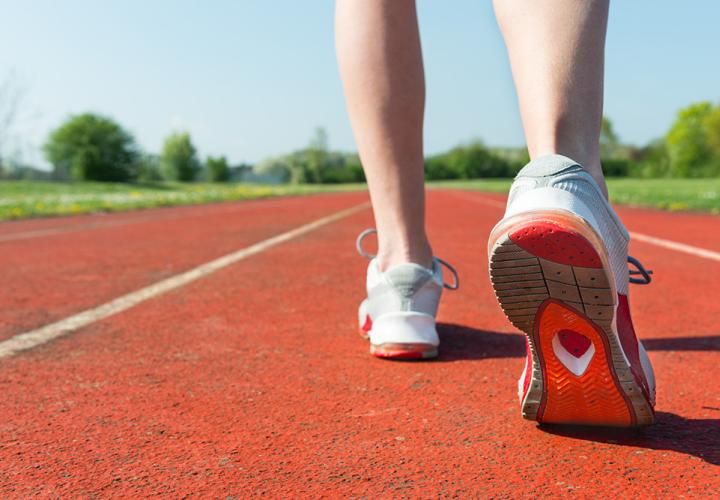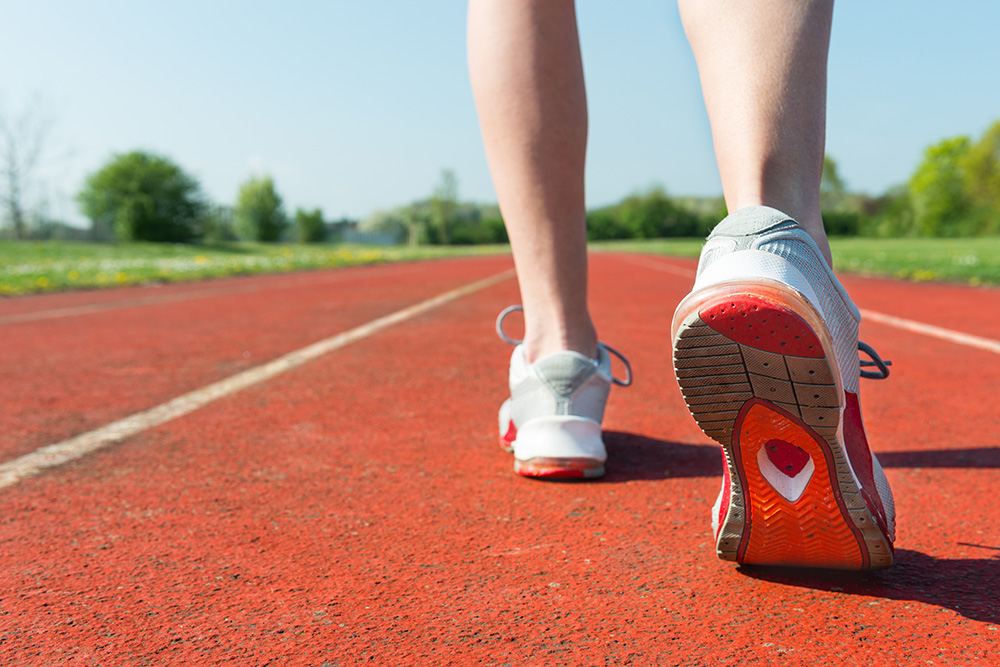Young athletes need to warm up properly.
There are two major reasons that every athlete should warm up prior to exercise: injury prevention and sports performance enhancement. The warm-up exists to prepare the body for the more intense exercise of a competition or practice.
A proper warm up should have multiple components
A solid warm-up usually consists of a few different parts, in this order:
- Light aerobic portion. This can be anything from a light jog around a track to some light swings with a baseball bat or golf club to a few minutes on a stationary bike. These sport-specific movements increase blood flow and temperature of the relevant muscle groups.
- Dynamic stretching and mobility. With dynamic stretching, you actively move the body part to be stretched (versus static stretching, which involves more passive motions or no movement at all), which acutely increases flexibility before exercise. Foam rolling can also be part of this segment.
- Higher intensity muscle activation. This can be anything from a few sprints across the width of a soccer field to higher effort swings with a bat to longer-range tossing with a football, baseball or softball. These efforts get the muscles tuned to the level of intensity that your competition or sport will be performed at.

